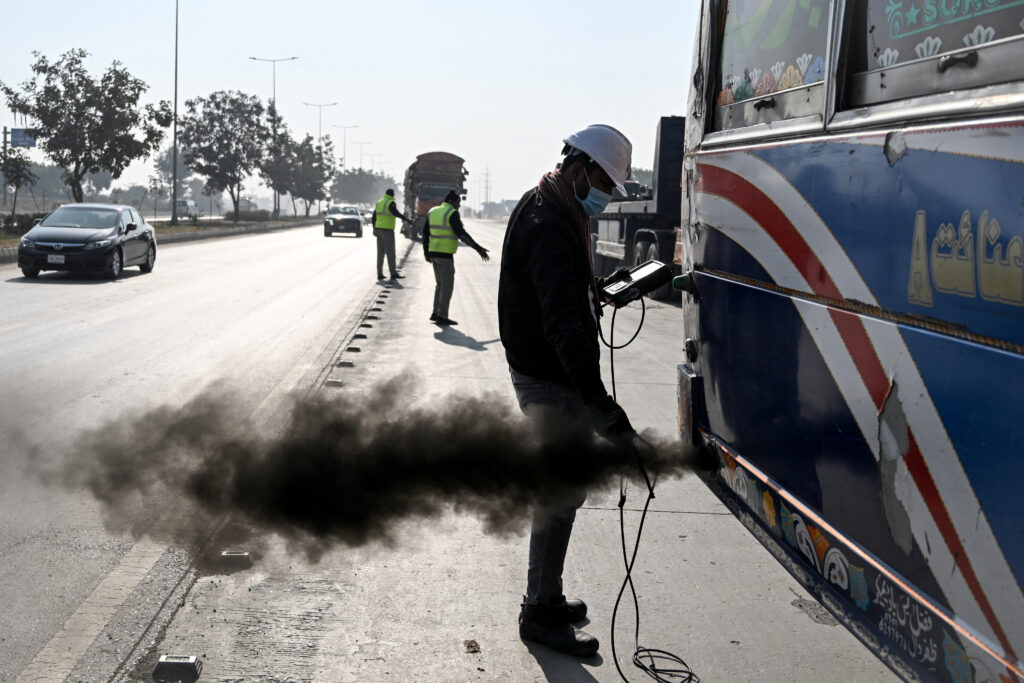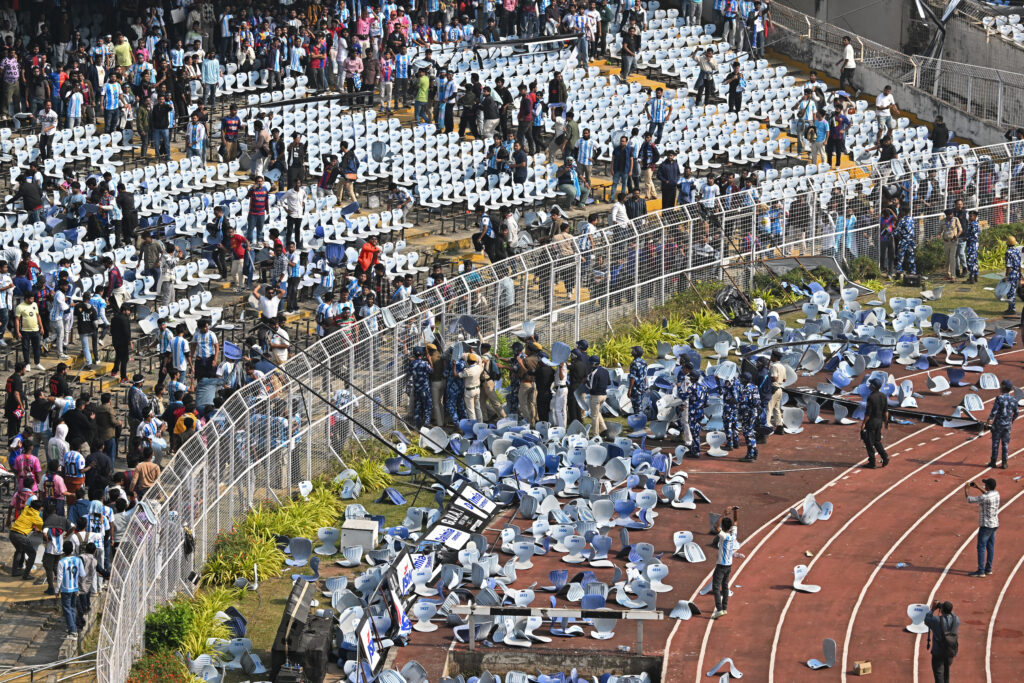Afghanistan’s International Olympic Committee member Samira Asghari has told AFP that the Taliban authorities must face the stark truth that if they are ever to be accepted internationally they must respect the rights of women to education and sport.Asghari, who at 31 is living in exile for the second time, does however favour engaging with Afghanistan’s rulers.The Taliban government have banned girls from schools beyond the age of 12, and barred women from most jobs and public services — and from playing sport.Asghari, who in 2018 became Afghanistan’s first ever IOC member, accepts her “situation is quite challenging” and beating the drum for Afghan women’s sport “does require certain precautions”.Nevertheless the former international basketball player, like many top Afghan women athletes, is undeterred in speaking out about the treatment of women under the Taliban authorities.”The reality is that when you take a public stand for women’s rights you do become a target, but I believe strongly in communication and engagement,” she said in an email interview.”As long as the Taliban remain the reality on the ground in Afghanistan, we cannot afford to waste time doing nothing.”In my role, I have tried to help smooth the discussions between the IOC and those currently in control, focusing on the sport rights of women and girls and particularly primary school girls who are still inside Afghanistan.”Asghari, one of four children born to a retired professional make-up artist mother and a father who was a manager in the Afghan Olympic national committee, says the “conversations are not always easy”.”They are not about legitimising any government,” she said.”But they are very important for creating tangible opportunities for future generations of young boys and girls in Afghanistan.”- ‘Fundamental change’ -With Afghan sportswomen spread round the globe, putting together teams is complex.However, a women’s football team, Afghan Women United, made up of players based in Europe and Australia, recently competed in FIFA Unites: Women’s Series 2025 in Morocco.”This support for athletes outside Afghanistan is just the first step, and I hope FIFA can align with the IOC’s ongoing talks with the Taliban,” she said.Asghari, who had been involved in the “project” for over a year, hopes the message gets through to Afghanistan’s rulers. “The Taliban were given the country and now they’re trying to maintain power while ignoring fundamental human rights, particularly for women,” she said.”It’s very difficult for them to continue ruling Afghanistan this way in the long term, and the Taliban need to understand that their international acceptance is directly linked to respecting human rights, including the rights of women to education and sport.”Asghari, who attended the recent Islamic Solidarity Games in Riyadh where Afghan women and men competed, said she hoped for “small openings” in the Taliban’s stance. “I also believe that if we can find small openings –- like developing sport in primary schools where girls are still allowed to attend up to sixth grade -– we should take them,” she said.”This isn’t about accepting the Taliban’s restrictions, it’s about not abandoning the girls and women of Afghanistan.”We have to work with reality, while continuing to push for fundamental change.”Asghari says even achieving small breakthroughs like that could prevent the long-term harm women suffered during the Taliban’s first spell in power, from 1996 to 2001.She said had seen the impact on her return from her first period of exile, in Iran. “What concerns me deeply is that we’re creating another lost generation,” she said.”I remember when I was in sixth grade aged 12, and there was a 20-year-old woman sitting next to me in the same class because she couldn’t go to school during the previous Taliban era.”I didn’t know how to communicate with her and it was difficult for both of us, but especially for her because she had lost so many years.”I cannot accept seeing this happen again. That’s why even small opportunities matter so much.”Asghari retains hope despite the bleak outlook and believes in “continued engagement and dialogue” with the Taliban.”The future of Afghanistan is this young generation. We need to give them every opportunity we can, no matter how small, and never, ever give up on them.”









